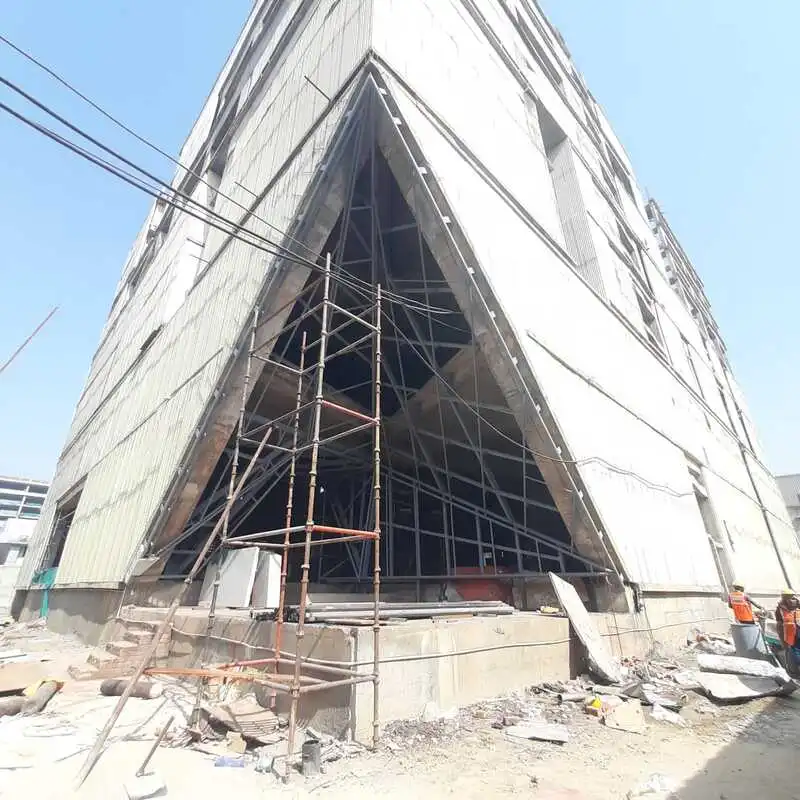In the realm of construction, adhering to building codes and regulations is paramount to ensure the safety, durability, and efficiency of structures. A key component that plays a significant role in meeting these standards is the Expanded Polystyrene EPS wall panel. This versatile building material, known for its exceptional insulation properties, lightweight nature, and ability to meet stringent construction requirements, stands out as a crucial element in constructing safe and energy-efficient structures.
Table of Contents
ToggleUnderstanding EPS Wall Panels Building Codes:
Building codes are a set of regulations put in place by authorities to establish minimum standards for the design, construction, and maintenance of buildings. These codes are created with the safety and well-being of occupants in mind, covering aspects such as structural integrity, fire safety, energy efficiency, and environmental impact.
EPS Wall Panels and Structural Integrity:
EPS wall panels contribute significantly to the structural integrity of buildings. These panels are known for their high strength-to-weight ratio, providing a durable and resilient framework. Meeting building codes related to structural stability is crucial, and EPS panels excel in this aspect. They distribute loads coevenly, reducing stress on the overall structure and ensuring compliance with load-bearing requirements.
Fire Safety Compliance:
Building codes often include strict regulations concerning fire safety. EPS wall panels, when properly manufactured with fire-retardant additives, can meet these requirements effectively. The inherent fire-resistant properties of EPS, combined with additional flame-retardant treatments, make these panels a reliable choice for ensuring structures are in compliance with fire safety codes.
Energy Efficiency and Environmental Regulations:
Modern building codes increasingly emphasize energy efficiency and environmental sustainability. EPS wall panels excel in these areas, providing excellent thermal insulation to minimize energy consumption for heating and cooling. By reducing the reliance on artificial climate control, structures built with EPS panels contribute to meeting energy efficiency standards and environmental regulations.
Moisture Resistance and Building Codes:
Building codes often stipulate guidelines for moisture resistance to prevent issues such as mold growth and structural damage. EPS wall panels, with their closed-cell structure, offer excellent resistance to moisture infiltration. This quality not only ensures compliance with building codes but also contributes to the longevity of structures by preventing the development of moisture-related problems.
Seismic Compliance:
In regions prone to seismic activity, meeting specific seismic codes is crucial for the safety of buildings and their occupants. EPS wall panels, with their lightweight yet sturdy composition, provide a seismic-resistant solution. Their ability to flex and absorb seismic forces makes them an ideal choice for constructing buildings. That comply with seismic codes.
Conclusion:
In conclusion, the role of EPS wall panels in meeting building codes and regulations cannot be overstated. These panels contribute to the structural integrity, fire safety, energy efficiency, and environmental sustainability of buildings. By choosing EPS wall panes, builders and architects can confidently construct structures that not only meet but often exceed the stringent standards set by building codes, ensuring the safety and well-being of occupants for years to come.


